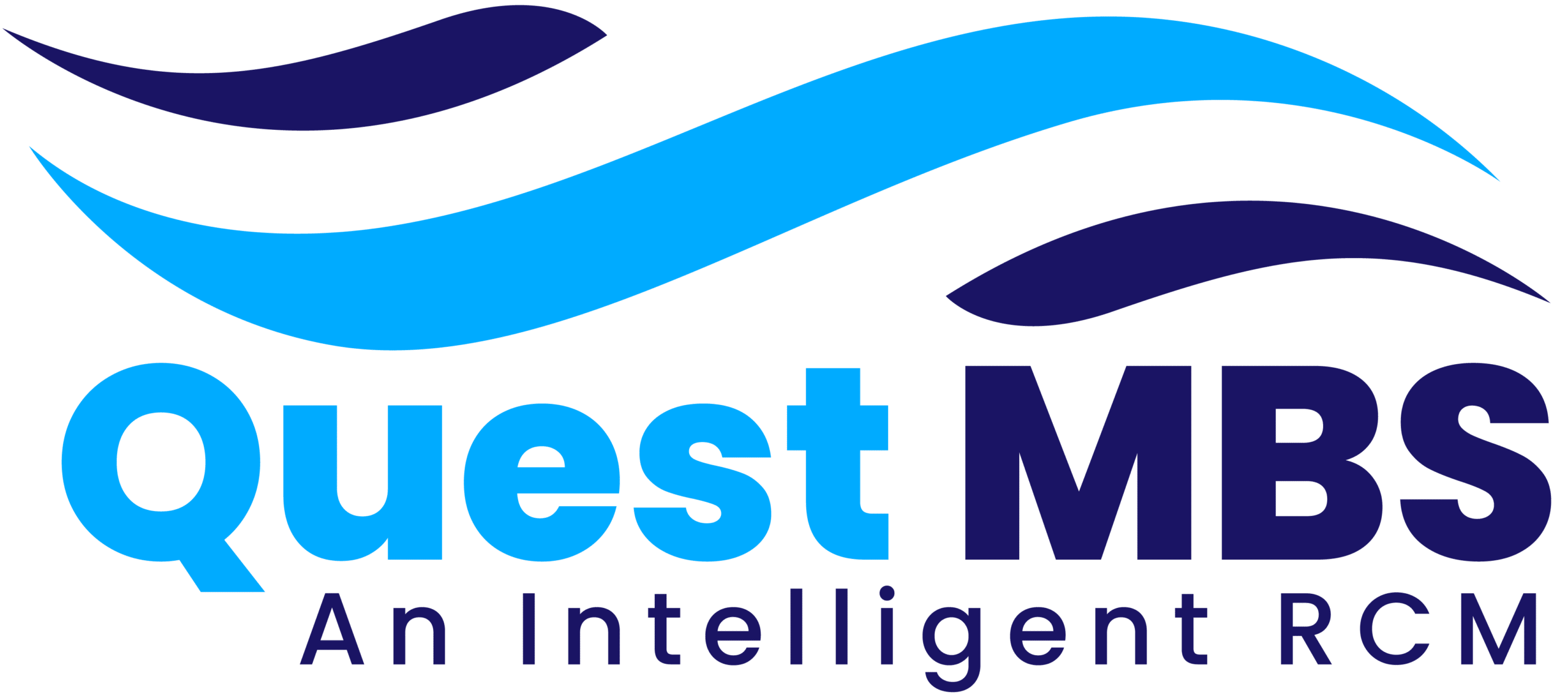Introduction
Submitting clean medical claims is crucial for ensuring healthcare providers receive timely and accurate reimbursement. A clean claim is one that is error-free, complete, and submitted in compliance with payer requirements. Claim denials can lead to delayed payments, increased administrative workload, and financial losses for medical practices. By understanding the best practices for submitting clean claims and minimizing denials, healthcare providers can improve revenue cycle management and enhance patient satisfaction.
This guide provides a step-by-step approach to submitting clean medical claims and reducing denials, covering essential strategies and best practices for successful claim processing.
Understanding Clean Claims
A clean claim is one that:
- Contains accurate and complete patient, provider, and service information.
- Uses correct medical codes (ICD-10, CPT, HCPCS) without errors.
- Is submitted within the payer’s specified timeframe.
- Includes all required documentation and supporting information.
- Meets compliance standards for billing regulations (e.g., HIPAA, Medicare guidelines).
A claim that meets these requirements reduces the likelihood of rejection or denial by insurance providers and expedites reimbursement.
Common Reasons for Claim Denials
Claim denials can occur due to various errors and omissions. Common reasons include:
- Incomplete or incorrect patient information – Incorrect name, date of birth, or insurance details.
- Invalid or missing diagnosis and procedure codes – Use of outdated or incorrect coding.
- Lack of medical necessity – Services that do not meet the insurance payer’s criteria.
- Duplicate claims – Submitting the same claim multiple times.
- Missed filing deadlines – Claims submitted after the insurer’s deadline.
- Lack of prior authorization – Failure to obtain necessary pre-approvals for specific services.
- Incorrect insurance details – Wrong payer or policy number entered.
- Insufficient documentation – Missing medical records or proof of service necessity.
Understanding these reasons helps healthcare providers take preventive measures to submit cleaner claims.
Step-by-Step Guide to Submitting Clean Medical Claims
Step 1: Verify Patient Information
Ensuring accurate patient details is the first step in submitting a clean claim. This includes:
- Verifying insurance eligibility before rendering services.
- Confirming the patient’s name, date of birth, and policy number.
- Checking for active coverage and understanding copayments, deductibles, and policy limitations.
Step 2: Obtain Prior Authorization When Necessary
Some medical services require prior authorization from insurance providers. Before providing treatment:
- Verify if prior authorization is needed for specific procedures or medications.
- Submit necessary documentation, including medical history and treatment necessity.
- Track authorization approvals and include reference numbers in claims.
Step 3: Use Accurate Medical Codes
Correct coding ensures claims are processed efficiently. To avoid coding errors:
- Stay updated with ICD-10, CPT, and HCPCS code changes.
- Use specific and accurate diagnosis and procedure codes.
- Ensure codes match the medical documentation.
- Conduct periodic audits to review coding accuracy.
Step 4: Ensure Proper Documentation
Complete and accurate documentation supports the medical necessity of the services provided. Best practices include:
- Keeping detailed patient records, including physician notes and lab results.
- Attaching required supporting documents (e.g., referrals, test reports).
- Following insurance-specific documentation guidelines.
Step 5: Double-Check Claim Details Before Submission
Before submitting a claim, review:
- Patient demographics and insurance information.
- Provider details, including National Provider Identifier (NPI) and Tax ID.
- Service dates and procedure descriptions.
- Correct diagnosis-procedure code matching.
- Billing amounts and payer-specific modifiers.
Using claim scrubbing tools can help detect errors before submission.
Step 6: Submit Claims Electronically
Electronic claim submission (EDI) is faster, reduces errors, and allows better tracking. Advantages include:
- Automated data validation before submission.
- Faster processing and reimbursement.
- Easy tracking of claim status.
Ensure your billing software is compatible with payer EDI systems.
Step 7: Monitor Claim Status
Tracking claims after submission helps identify issues early. Best practices include:
- Using electronic tracking tools to check claim status.
- Setting up alerts for denied or delayed claims.
- Following up with insurance providers if claims are pending for an extended period.
Step 8: Manage Denied Claims Effectively
Despite best efforts, some claims may still be denied. To handle denied claims:
- Analyze the denial reason codes provided by payers.
- Correct errors and resubmit claims promptly.
- Appeal denials with additional documentation when applicable.
- Maintain records of denied claims for process improvements.
Best Practices for Reducing Claim Denials
1. Implement Staff Training and Education
Billing and coding regulations frequently change. Regular training for billing staff ensures:
- Up-to-date knowledge of coding updates.
- Familiarity with payer-specific requirements.
- Awareness of common billing errors and how to prevent them.
2. Use Claim Scrubbing Software
Automated claim scrubbing tools identify errors before submission, including:
- Incorrect patient information.
- Mismatched diagnosis and procedure codes.
- Missing prior authorizations or documentation.
3. Develop a Strong Denial Management Strategy
A robust denial management plan includes:
- Identifying trends in denials and addressing root causes.
- Setting up a systematic approach for appeal submissions.
- Regularly reviewing payer policies to ensure compliance.
4. Maintain Clear Communication with Payers
Building relationships with insurance representatives improves claim resolution. Best practices include:
- Understanding payer-specific claim requirements.
- Keeping a list of direct contacts for follow-ups.
- Scheduling periodic meetings with payer representatives to discuss billing trends.
5. Stay Compliant with Billing Regulations
Regulatory compliance minimizes legal risks and claim rejections. Ensure adherence to:
- HIPAA for patient data security.
- Medicare and Medicaid billing guidelines.
- Payer-specific contract agreements.
Conclusion
Submitting clean medical claims is essential for improving cash flow and minimizing claim denials in healthcare practices. By following a structured approach—verifying patient information, obtaining prior authorizations, ensuring accurate coding, and leveraging technology—healthcare providers can optimize their billing processes. Implementing continuous staff training, using claim scrubbing tools, and maintaining strong payer relationships further enhance claim acceptance rates.
A proactive approach to billing ensures reduced administrative burdens, quicker reimbursements, and a more efficient revenue cycle. By adopting these best practices, healthcare professionals can achieve financial stability and provide better patient care without the hassle of frequent claim rejections.







